For thousands of years, devotees of Sanatan Dharma have applied Vibhuti, also known as Bhasma, as a mark of purity, devotion, and spiritual strength. Prepared through sacred fire rituals and consecrated with mantras, Vibhuti is honoured as a reminder of life’s impermanence and the soul’s eternal nature. Applied especially on the forehead at the Ajna Chakra, it invokes divine protection, awakens higher awareness, and connects the seeker to Lord Shiva, the supreme embodiment of truth and renunciation.
In this article, we will explore the meaning, origins, scriptural foundations, spiritual significance, and yogic benefits of Vibhuti- revealing why this sacred ash continues to hold such a powerful place in Hindu tradition and daily practice.
What is Vibhuti (Bhasma)? Origin and meaning in Hinduism
The word Vibhuti comes from Sanskrit, meaning “glory,” “splendour,” or “sacred power.” It refers to holy ash, sanctified through Vedic rituals, and applied by devotees as a spiritual emblem of purity and devotion. In Shaiva tradition, Vibhuti is inseparably linked with Lord Shiva, who is often depicted with sacred ash adorning his forehead and body, signifying his mastery over creation and destruction.
Vibhuti is not ordinary ash. It is produced through consecrated fire ceremonies (homas) where offerings such as cow dung cakes, herbs, and wood are placed into the sacred fire while Vedic mantras are chanted. The residue of these yajnas, infused with divine vibrations, becomes Vibhuti- a substance that carries both spiritual potency and symbolic depth.
Applied most often in three horizontal lines across the forehead, known as the Tripunda, Vibhuti represents the burning away of ego, ignorance, and worldly attachments. At the same time, it affirms the eternal presence of the soul, reminding the devotee that while the body returns to ash, the spirit remains untouched.
Thus, Vibhuti is at once a physical substance, a spiritual purifier, and a symbolic guide, teaching detachment, humility, and remembrance of the Divine.
How Vibhuti is Made: Sacred Process and Ritual Significance
Vibhuti is not ordinary ash. It becomes sacred only when created through ritual processes consecrated by mantra and fire offerings. In Shaiva tradition, the making of Vibhuti itself is seen as a yajna, where elements of nature are transformed into spiritual power.
Traditional Preparation
- In many temples, Vibhuti is made from cow dung cakes, dried and purified, then burnt in homa fires while Vedic hymns are recited. The cow, revered as sacred, lends purity and sanctity to the ash produced.
- In Agamic traditions, wood, herbs, and ghee are also added to the ritual fire. The resulting ash, infused with mantras, is gathered reverently and distributed to devotees as Vibhuti.
- In certain ascetic lineages, ash from cremation grounds is used symbolically, reminding practitioners of life’s impermanence and the need to transcend bodily attachment.
Ritual Consecration
Shaiva Agamas like the Kalagni Rudra Upanishad describe the chanting of specific mantras during preparation, which empower the ash with protective and purifying vibrations. This consecrated ash is believed to carry the presence of Agni (the fire god), who transforms offerings into divine essence and conveys them to the deities.
Why Ash?
- Ash is considered the final state of matter, after everything else is consumed, only ash remains. Unlike gold or wood, ash cannot be destroyed further. Applying Vibhuti is thus a spiritual reminder of the imperishable soul within the perishable body.
- By preparing Vibhuti through sacred fires, devotees transform a simple substance into a carrier of divine energy- a physical reminder of Shiva’s grace and the eternal truths of Sanatan Dharma.
Tripundra and the Meaning of Vibhuti on Forehead
When Vibhuti is applied across the forehead in three horizontal lines, it is called Tripunda. This form is especially associated with Shaivites, who apply it as a sign of surrender to Lord Shiva. The three lines symbolize the burning away of ego, ignorance, and karma- preparing the devotee for liberation.
Just as Vibhuti becomes Tripunda in Shaiva tradition, in other lineages, the forehead is adorned with Tilak , whether vertical lines of Vaishnavas, the red kumkum of Shaktas, or sandalwood paste used by Smartas. Both Vibhuti and Tilak serve the same sacred purpose: to consecrate the Ajna Chakra, declare devotion, and protect the seeker with divine energy.
Types of Vibhuti (Tilak) and Their Spiritual Significance
1. Tripunda (Three Horizontal Lines)
How is it applied: Three horizontal lines across the forehead, using sacred ash.
Who uses it: Common among Shaivites (devotees of Lord Shiva).
Symbolism:
- Represents the destruction of ego, ignorance, and impurities.
- Signifies the three aspects of existence- creation, preservation, destruction.
- Also linked to the three gunas (sattva, rajas, tamas).
2. Single Horizontal Line
How is it applied: One simple line of ash across the forehead.
Who uses it: Shaivites and householders performing daily worship.
Symbolism:
- A mark of simplicity, purity, and devotion.
- A reminder of life’s impermanence (everything returns to ash).
3. Urdhva Pundra with Vibhuti (Vertical Mark with Ash)
How is it applied: A vertical line or U-shape tilak (usually Vaishnavite) filled or bordered with Vibhuti.
Who uses it: Some Vaishnavite sects integrate ash with sandal paste or gopi chandan.
Symbolism: Unity of Vishnu and Shiva or merging of sectarian traditions.
4. Circular Bindu of Vibhuti
How is it applied: Small round dot of ash on the forehead (sometimes between the eyebrows).
Who uses it: Both men and women, especially during pujas, temple visits, or spiritual rituals.
Symbolism:
- Represents the third eye and awakening of inner wisdom.
- A mark of blessings and divine protection.
5. Multiple-Point Vibhuti Application
How is it applied: Ash is smeared on forehead, arms, chest, and torso (often 16 places on the body).
Who uses it: Ascetics, sanyasis, or during special rituals.
Symbolism:
- Constant remembrance of Lord Shiva.
- Dedication of the entire body to spiritual service.
Scriptural References of Vibhuti in Upanishads and Puranas
Shaiva Upanishads. Three minor Upanishads explicitly teach Vibhuti:
Bhasmajabala Upaniṣad- explains how sacred ash is produced and how it is to be applied on the body.
Brihajjabala Upaniṣad- details preparation and use of Bhasma/Vibhuti for tilaka (Tripund) on specific body parts.
Kalagni Rudra Upanishad- a discourse of Shiva to Sanatkumara on Tripunda: its material, procedure, places of application, benefits, and the symbolism of the “three lines” as Vedic fires, AUM’s syllables, the three gunas, worlds, and aspects of Shiva.
Puranic guidance:
The Skanda Purana : preserves a chapter titled The Application of Tripunda, prescribing ash-applying as a sanctifying vow and outlining method and merit.
The Shiva Purana (Vidyeshwara/Vishweshwara Samhita): extols applying Tripuṇḍra with Vibhuti, linking each line with deities and cosmic principles, and promising purification and grace.
Agamic/ritual frame:
Texts and traditional summaries affirm that ash becomes Vibhuti when consecrated through homa and mantras, then as Tripunda; the act is both raksha (protection) and remembrance of Shiva.
Through-line across scriptures, Vibhuti/Tripunda is presented as:
- The seal of renunciation and purity.
- A map of triads (fires, worlds, guṇas, AUM), and
- A daily sadhana that burns ego/karma while anchoring the devotee in Shiva’s grace.
Why We Apply Vibhuti: Spiritual Significance and Meaning
Vibhuti, the sacred ash of Shiva, is more than a ritual substance, it is a constant reminder of the deepest truths of existence. When devotees place it on the forehead, chest, or arms, they affirm their connection to the Divine and their detachment from worldly illusions.
Reminder of Impermanence
Ash is the final form of all matter. By applying Vibhuti, a seeker remembers that the body will one day return to dust, while the soul alone is eternal. This inspires humility, surrender, and focus on spiritual growth.
Burning of Ego and Karma
The act of applying Vibhuti symbolizes the burning away of pride, ignorance, and the weight of past actions. It is a declaration that the fire of devotion has consumed lower tendencies, leaving only purity behind.
Protection and Purification
Scriptures describe Vibhuti as a shield that wards off negative forces. When consecrated ash is applied with mantra, it sanctifies the body and surroundings, creating an aura of divine energy around the devotee.
Union with Lord Shiva
Vibhuti is inseparably linked with Lord Shiva, who is often depicted smeared with ash, embodying renunciation and transcendence. applying Vibhuti is thus an act of surrender to Shiva’s grace, aligning oneself with his qualities of detachment, wisdom, and compassion.
In this way, Vibhuti is not simply ash, it is a sacred seal of purity, protection, and spiritual awakening, guiding the devotee from the transient toward the eternal.
Yogic and Energetic Benefits of Applying Vibhuti
In yogic and tantric traditions, the body is seen as a network of energy channels (nadis) and subtle centres (chakras). Vibhuti, when applied with awareness, is believed to influence these energies and enhance spiritual practice.
Activation of the Ajna Chakra
The most common place to apply Vibhuti is the forehead, at the point between the eyebrows. This spot, known as the Ajna Chakra or third eye, governs intuition, clarity, and higher perception. The cooling, grounding nature of Vibhuti calms the mind, sharpens focus, and awakens inner vision.
Balancing of Prana
Vibhuti is said to regulate the flow of prana (life force) in the body. Just as fire transforms matter into ash, applying consecrated ash is believed to transform restless energies into stable awareness, helping the seeker remain centred during meditation or mantra chanting.
Protection of the Subtle Body
In yogic thought, the body radiates a subtle field of energy called the aura. Vibhuti acts as a protective shield for this field, warding off negative vibrations and strengthening the devotee’s inner resilience.
Aid to Meditation and Discipline
Ash carries a cooling vibration that helps still the senses. Many ascetics apply it across the body before meditation or rituals, as it supports detachment, enhances concentration, and preserves spiritual energy accumulated through practice.
How and When to Apply Vibhuti in Daily Life
The use of Vibhuti is not confined to ascetics or priests. It is a living tradition practiced by millions of Hindus, each application carrying its own sacred meaning.
Who Applies Vibhuti
- Shaivites apply Tripunda-three horizontal lines of ash across the forehead, as a direct symbol of devotion to Lord Shiva.
- Temple priests and pujaris apply Vibhuti during rituals to sanctify their bodies and align with divine energy.
- Ascetics and sadhus often smear their whole bodies with ash, declaring complete renunciation of worldly ties.
- Householders apply it on the forehead or throat after puja as a blessing and reminder of divine protection.
When and How It Is Used
- In many homes, Vibhuti is applied daily after morning prayers, especially before starting important tasks.
- During Shivaratri and other Shaiva festivals, it becomes an essential part of worship.
- In temples, Vibhuti is distributed as prasadam, blessed by mantras and fire, and devotees apply it reverently.
- Some traditions place it on nine or more parts of the body (forehead, chest, neck, arms, stomach, etc.), signifying full consecration of the self to God.
Styles Across Traditions
- Tripundra (three lines) marks Shaivites.
- Single vertical line of ash is in certain Smarta households.
- In other sampradayas, Vibhuti is combined with Tilak or Kumkum, showing the blending of traditions.
Through these practices, Vibhuti becomes a visible sign of identity, surrender, and protection, uniting the devotee’s body and mind with sacred energy while connecting them to a lineage of timeless tradition.
Different Types of Vibhuti and Their Uses
Over time, several kinds of Vibhuti (Bhasma) have emerged across India, each prepared through sacred rituals and carrying unique spiritual or astrological benefits. These variations are used in Shiva Puja, planetary remedies, and devotional practices, aligning the devotee with specific cosmic energies.
1. Plant-Based Vibhuti (Herbal or Astrological Bhasma)
Made by burning dried wood or branches of sacred trees such as Ark, Palash, Peepal, Shamee, and Audumbara, this form of plant bhasma is infused with planetary significance.
Ark Bhasma: Balances Sun energy, promotes vitality and strength.
Palash Bhasma: Associated with Moon; calms emotions and enhances clarity.
Peepal Bhasma: Linked to Jupiter; supports wisdom, prosperity, and spiritual expansion.
Shamee Bhasma : Connected to Saturn; removes negativity and supports discipline.
Audumbara Bhasma: Relates to Venus; brings harmony, beauty, and refinement.
These plant bhasmas are commonly used in homa rituals or applied as Vibhuti during special planetary pujas.
2. Navgraha Bhasma
-
This unique Navgraha Vibhuti is created using the wood of nine sacred plants connected to the Navgrahas (nine planets).
Each planetary element is burned with Vedic mantras to create a harmonizing ash that helps pacify malefic planetary influences.
Applying or keeping Navgraha Bhasma at the altar is believed to restore cosmic balance, attract prosperity, and remove karmic blocks.
3. Brihadeeswar Temple Vibhuti
-
Sourced from the ancient Brihadeeswar Temple in Tamil Nadu, this holy ash is renowned for its purity and potency. It is made from sacred offerings burnt during daily temple rituals to Lord Shiva.
Applying this Vibhuti on the Ajna (forehead), Vishuddhi (throat), and Anahata (heart) chakras enhances positivity, removes negativity, and invokes divine blessings.
4. Sai Baba Vibhuti (Udi)
-
Known as Udi, this sacred ash originates from the eternal flame (Akhanda Jyot) at Shirdi Sai Baba Temple.
It is distributed as prasadam, symbolizing faith, healing, and divine grace. Devotees apply it to the forehead or consume a pinch for blessings, protection, and recovery from ailments.
5. Cow Dung Vibhuti
-
Prepared from dried and purified cow dung of Indian (desi) cows, this traditional form of Bhasma is used in Shiv Puja and Havan rituals.
It is known for its antiseptic, cooling, and protective properties. Spiritually, it represents simplicity, purity, and sacred connection with nature and the Divine Mother.
6. Siddhanathan Sons Vibhuti
Prepared using a blend of cow dung, husk, and fragrant herbs, this form of sacred ash is ideal for Tripundra application during daily puja.
When applied on key energy points (Ajna, Vishuddhi, and Anahata), it harmonizes chakras, dispels negativity, and deepens meditation.
Each type of Vibhuti carries a specific vibration- whether planetary, devotional, or healing, and serves as a tangible reminder of surrender, purity, and connection with Lord Shiva.
Sacred Ash in Other Religions and Traditions
While Vibhuti is most prominently associated with Lord Shiva and Shaivism, the use of sacred ash as a symbol of purification and devotion is found in other faiths and cultures as well.
Christianity
On Ash Wednesday, Christians receive a cross of ash on the forehead, marking the beginning of Lent. Much like Vibhuti, this ash is a reminder of mortality, repentance, and the call to turn inward toward God.
Buddhism
In some Buddhist traditions, especially in Sri Lanka and Southeast Asia, consecrated ash is used in rituals and healing practices. It is believed to carry protective and purifying vibrations, echoing the Hindu understanding of ash as a remover of negativity.
Indigenous and Tribal Traditions
Many indigenous communities around the world, from Africa to Australia, apply ash from sacred fires during initiations, healing ceremonies, and protection rituals. For them, as for Hindus, ash represents the transforming power of fire and a direct connection to the spiritual realm.
Universal Symbolism
Across faiths, sacred ash emerges as a universal symbol of impermanence, humility, and purification. Whether it is called Vibhuti, holy ash, or ritual ash, its presence reminds humanity of a truth that transcends culture: everything material returns to dust, while the spirit continues eternally.
Experience the Power of Vibhuti with Rudra Centre
Rudra Centre’s collection of sacred Vibhuti (Bhasma) brings you authentic holy ash prepared for daily puja, temple rituals, and spiritual practice. From traditional Shaiva Vibhuti to fragrant blends like Javadhu Vibhuti and special offerings for Navagraha worship, each variant is chosen to purify, protect, and elevate your spiritual journey. Whether for meditation, festivals, or daily application, this wide range ensures that every devotee can connect with the timeless grace of Lord Shiva.
Click on the link to buy Vibhuti from Rudra Centre
https://www.rudraksha-ratna.com/search-results?query=vibhuti

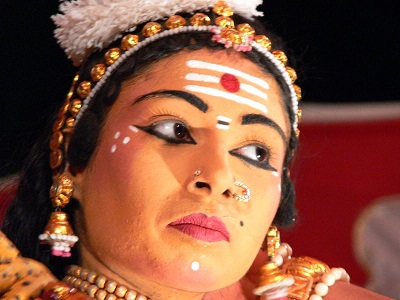

-in-Astrology.jpg)
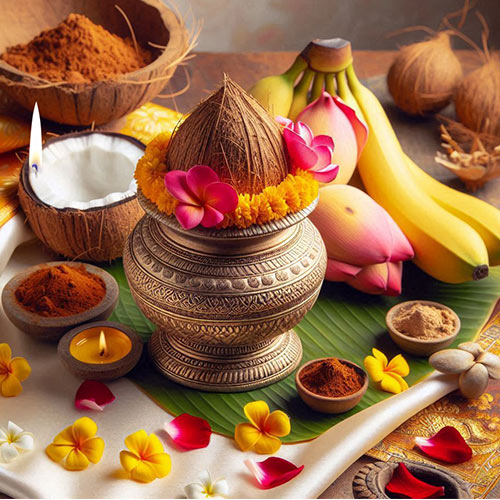
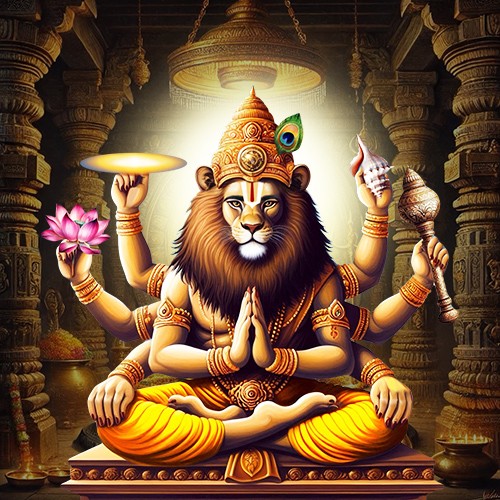
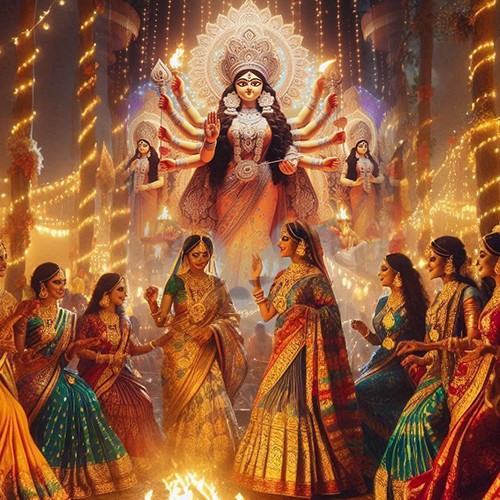
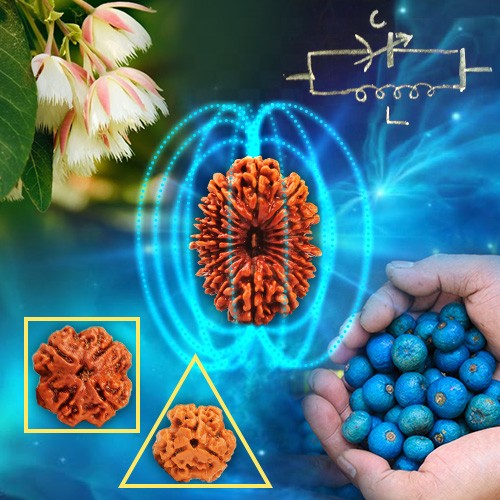

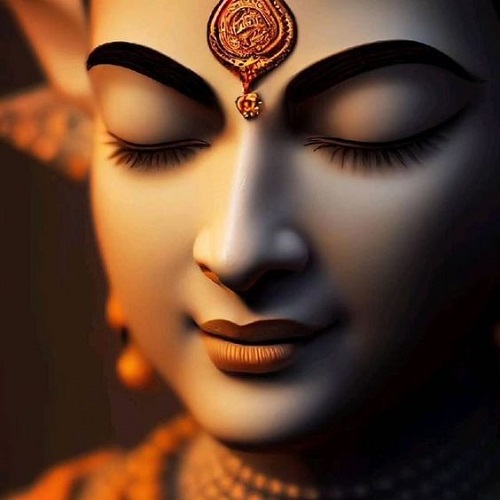
.jpg)
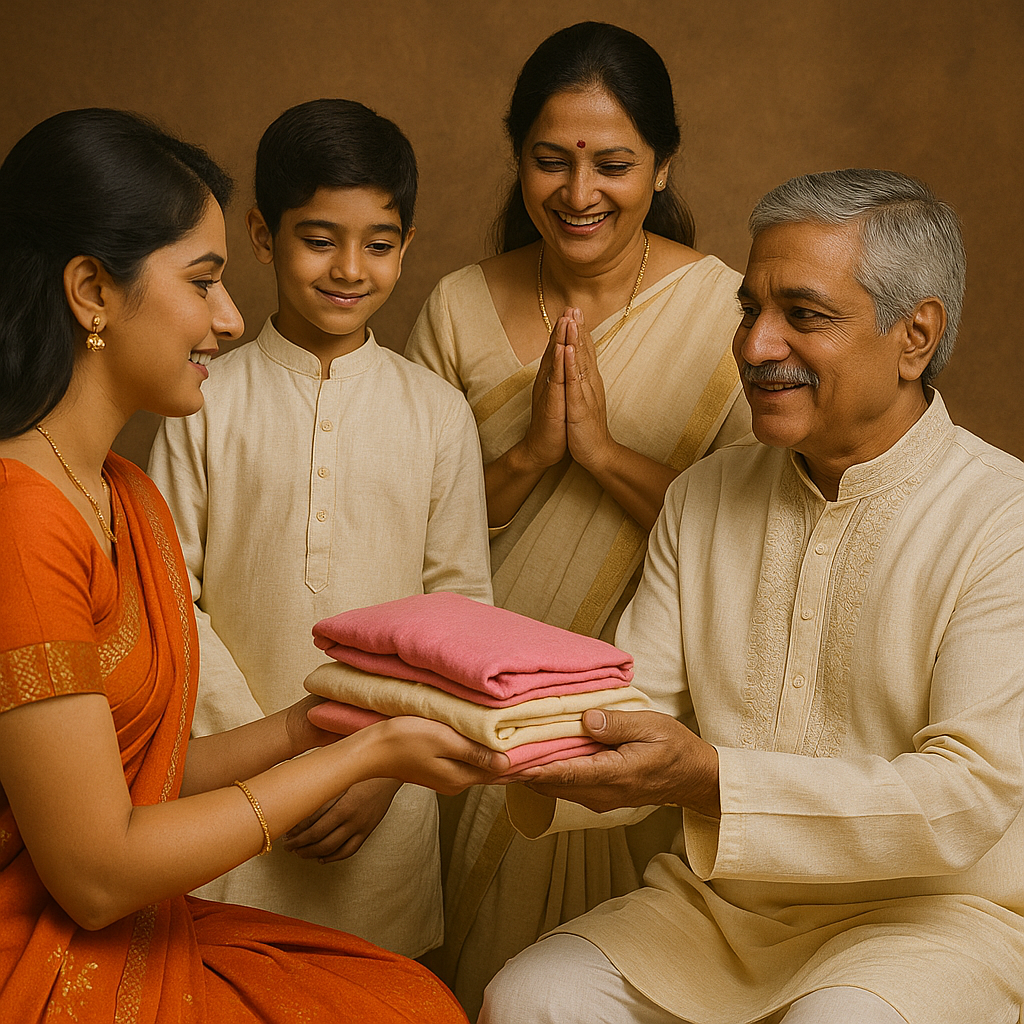
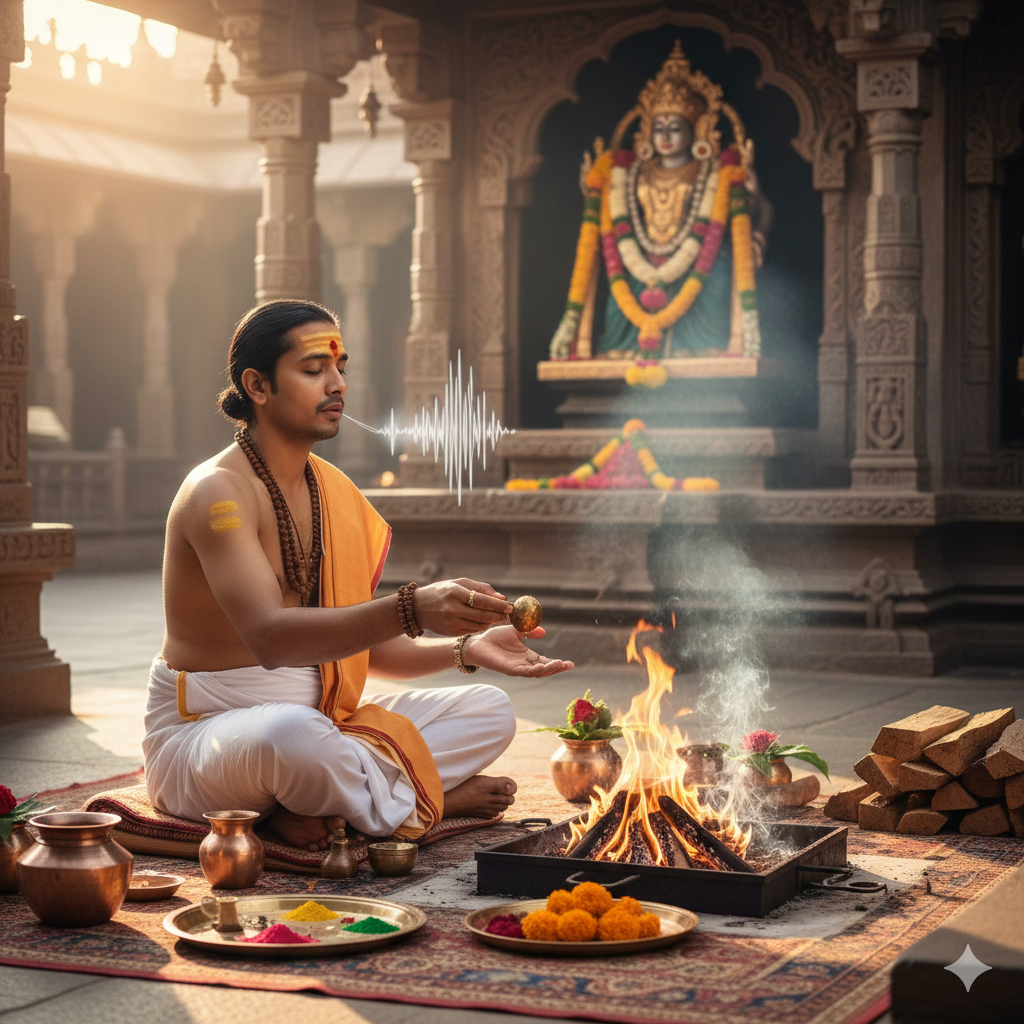
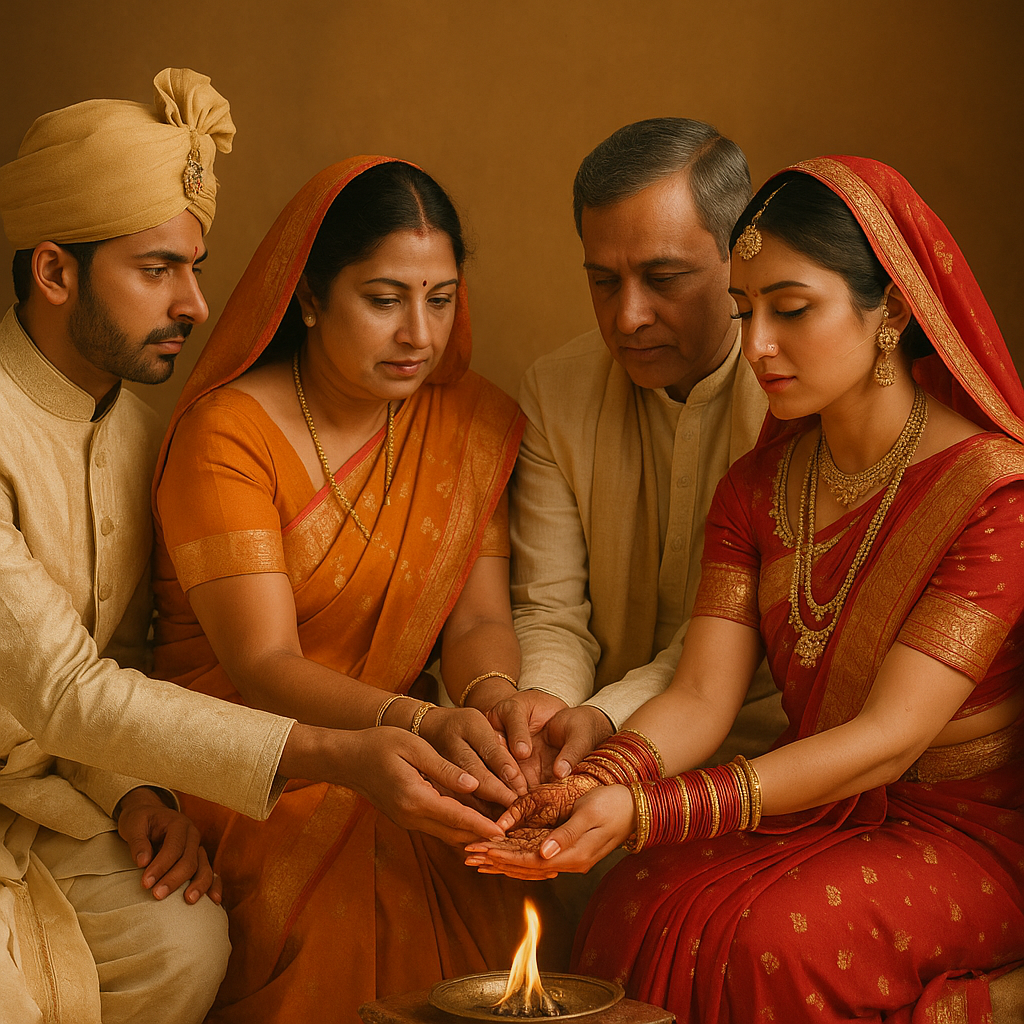
Comments 0
Leave your thought here